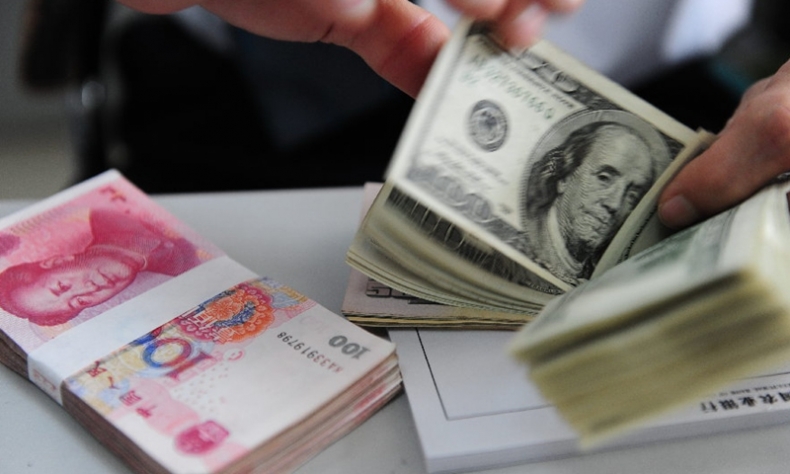Why Is the RMB Stable?

In the long run, there is no possibility of significant RMB appreciation. The Chinese economy will not fluctuate greatly, China’s foreign trade is not uncontrollably affected by U.S. ‘reciprocal tariffs.’
Despite the intensified China-U.S. trade war in 2025 and the recent imposing of “reciprocal tariffs” by the United States, the renminbi (RMB) exchange rate has not weakened but instead showed a steady and mildly rising trend. On January 1, the central parity for the U.S. dollar against the RMB was 1:7.2993; on April 2 when the U.S. announced “reciprocal tariffs,” the central parity rate stood at 1:7.2701; and on May 7, it reached 7.2005.
When the economy of a country is sluggish or gets hit, this will be reflected in the depreciation of the country’s currency. Obviously, the RMB exchange rate trend since the beginning of this year indicates that the Chinese economy has not experienced a recession despite challenges posed by the policies of the U.S. Government.
Among the reasons for the steady and mild appreciation of the RMB exchange rate, the decisive one is the stable and improving foundation of the Chinese economy. In the first quarter of 2025, China’s GDP grew by 5.4 percent year on year and 1.2 percent compared with the fourth quarter last year. The national economy has achieved a good start; economic performance has been stable with progress; major economic indicators—including those related to consumption, the service sector and foreign trade—have pointedly rebounded; employment and prices have remained stable; the trend of domestic economic recovery has been consolidated.
All these provide strong support for the RMB exchange rate to remain stable and appreciate.
As the Chinese economy grows steadily, market expectations for the RMB exchange rate have enhanced gradually, with business and investor confidence in the currency increasing. In the meantime, RMB assets are becoming increasingly attractive, ensuring stable fundamentals of the RMB exchange rate. While the U.S. dollar and some other currencies entered the interest rate cut cycle, China has introduced several economic stimulus policies. Compared with a basket of currencies, the RMB is of a lower volatility and a stronger “safe-haven” attribute, attracting inflow of foreign capitals and thus powerfully supporting the RMB exchange rate.

As the world’s largest trading nation in goods, China holds a major position globally in many export industries. Its status in the global value chain is enhancing, the international community still relies on imports from China for some key materials and China’s international trade supply chain system is complete. In the first quarter of this year, the total value of China’s imports and exports of goods reached a record 10.3 trillion yuan ($1.43 trillion), higher than 10 trillion yuan for eight quarters in a row. China also has sufficient foreign exchange reserves. These provide strong foundations for a stable RMB exchange rate, enhancing market confidence in RMB and making China more confident in addressing international economic risks and exchange rate fluctuations.
The unilateralist measures taken by the Donald Trump administration have also caused more and more foreign-funded institutions to reevaluate the investment value of the Chinese market. According to figures from the Ministry of Commerce, in the January-March period, 12,603 foreign-invested enterprises were established nationwide, an increase of 4.3 percent year on year. Inflow of foreign capital has not only immediately increased RMB demand, but also provided support for the stability of the RMB exchange rate.
Recent statements from related Chinese authorities indicated that the RMB exchange rate maintaining stable and mild appreciation may be the main trend in the near future. In the long run, there is no possibility of significant RMB appreciation. The Chinese economy will not fluctuate greatly, China’s foreign trade is not uncontrollably affected by U.S. “reciprocal tariffs,” and at the same time China is highly vigilant against financial risks.
It is the basic requirement for the monetary policy to make appropriate adjustments in line with the market conditions and economic situation, so as to maintain the stability of the RMB exchange rate at a reasonable and balanced level and prevent substantial fluctuations in the exchange rate.
 Facebook
Facebook
 Twitter
Twitter
 Linkedin
Linkedin
 Google +
Google +










